Moritz Küng Q&A
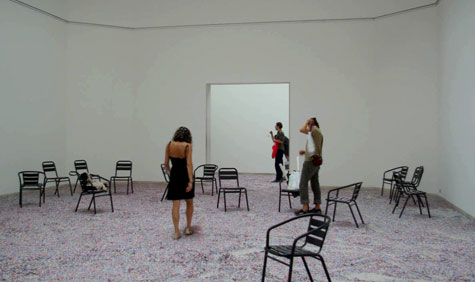
We caught up with Moritz Küng inside the Belgian Pavilion.
Wallpaper* Can you explain the design and concept of the pavilion?
Moritz Küng: I wanted to show that architecture can be exhibited without using the usual drawings, models or computer animations’, and Kersten Geers and David Van Severen’s proposal was for me the most lucid and confrontational response to the brief. The project is a tribute to the historical pavilion which was built in 1907 and puts it on show in its purest form as a monument, accessible from all sides, empty and stripped of everything.
Between the building and the added facades, the existing rooms and the new patio, there is an interaction between and inversion of the interior and exterior spaces. This impression is enhanced by the confetti and the randomly positioned chairs scattered around the site. The monumental enclosure raises not only topical political, social and ecological issues, but also evokes a sentimental sense of a party that is over: the celebration of the centenary of the Belgian pavilion in 2007, which never actually took place.
W* What message were you aiming to spread?
MK: That architecture can only be experienced physically.
W* Much of this year’s biennale seemed to be about the collaboration of architecture and art. Do you see this in the Belgian pavilion?
Receive our daily digest of inspiration, escapism and design stories from around the world direct to your inbox.
MK: I have worked within the field of art and architecture for decades. Thomas Demand’s Terrasse picture which is in the pavilion was originally used by the architects only as a reference for the ‘after the party’ atmosphere they wanted to create. On my suggestion the image was added as exhibit. Later on in the process, Hedi Slimane was asked to contribute his ‘confetti’ image.
W* What were your Biennale highlights?
MK: The Japanese pavilion’s fragile and ephemeral installation by Junya Ishigami and the botanist Hideaki Ohba, the visions of PAUHOF architects in the Austrian pavilion, and the pragmatic preciseness of the architect Tony Fretton in the British pavilion. But my real highlight was a film in the Italian pavilion: ‘Koolhaas Houselife’ by the young artists Ila Bêka & Louise Lemoine, showing the daily struggle with an architecture icon from a cleaner’s point of view.
Ellie Stathaki is the Architecture & Environment Director at Wallpaper*. She trained as an architect at the Aristotle University of Thessaloniki in Greece and studied architectural history at the Bartlett in London. Now an established journalist, she has been a member of the Wallpaper* team since 2006, visiting buildings across the globe and interviewing leading architects such as Tadao Ando and Rem Koolhaas. Ellie has also taken part in judging panels, moderated events, curated shows and contributed in books, such as The Contemporary House (Thames & Hudson, 2018), Glenn Sestig Architecture Diary (2020) and House London (2022).
-
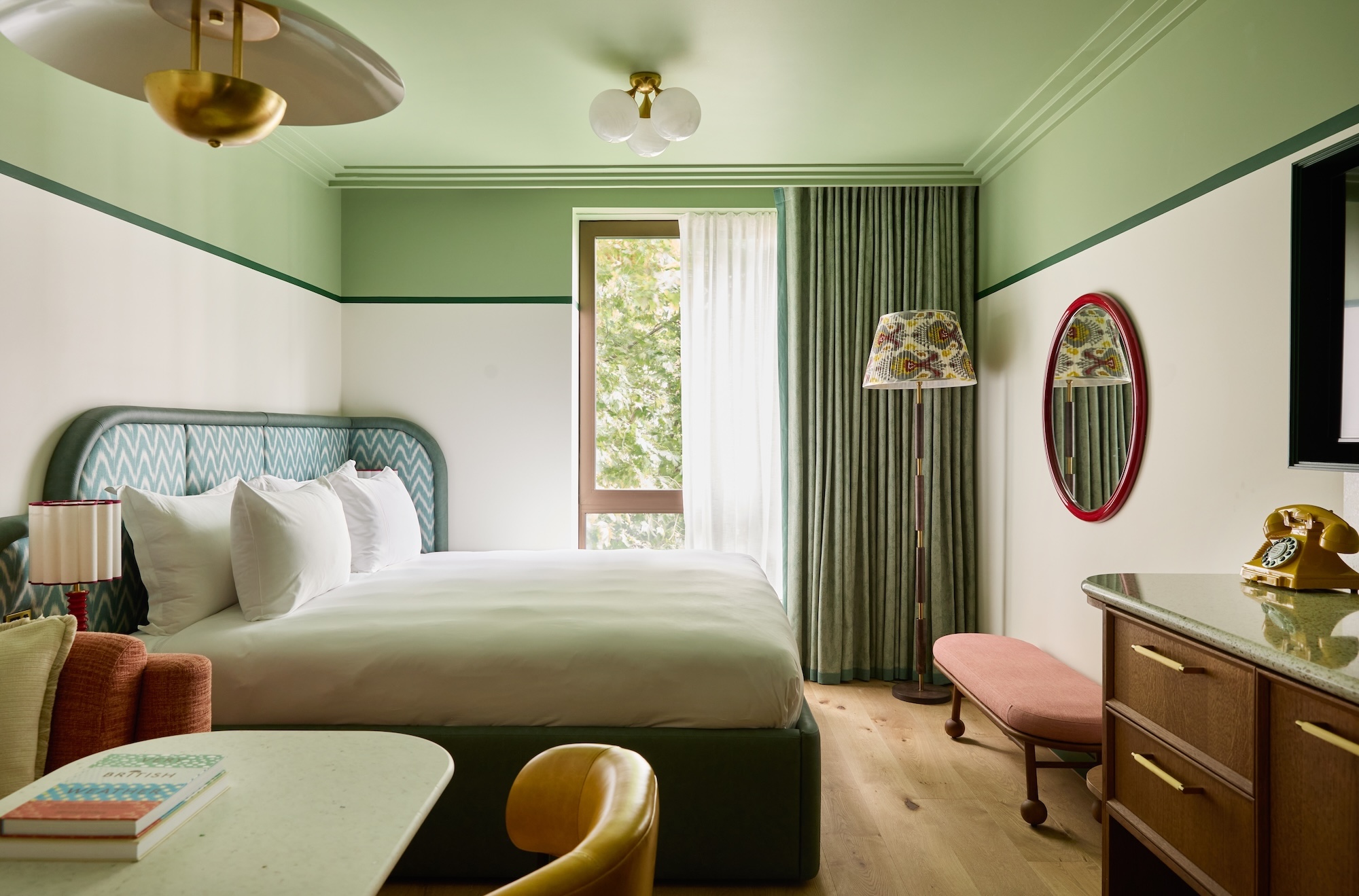 At last: a London hotel that’s great for groups and extended stays
At last: a London hotel that’s great for groups and extended staysThe July London Victoria, a new aparthotel concept just steps away from one of the city's busiest rail stations, is perfect for weekends and long-term visits alike
-
 Three new smartwatches showcase new frontiers in affordable timepiece design
Three new smartwatches showcase new frontiers in affordable timepiece designLong may you run: smartwatches from Withit, Kospet and OnePlus favour function and value above all else, demonstrating just how much the smartwatch has evolved in recent years
-
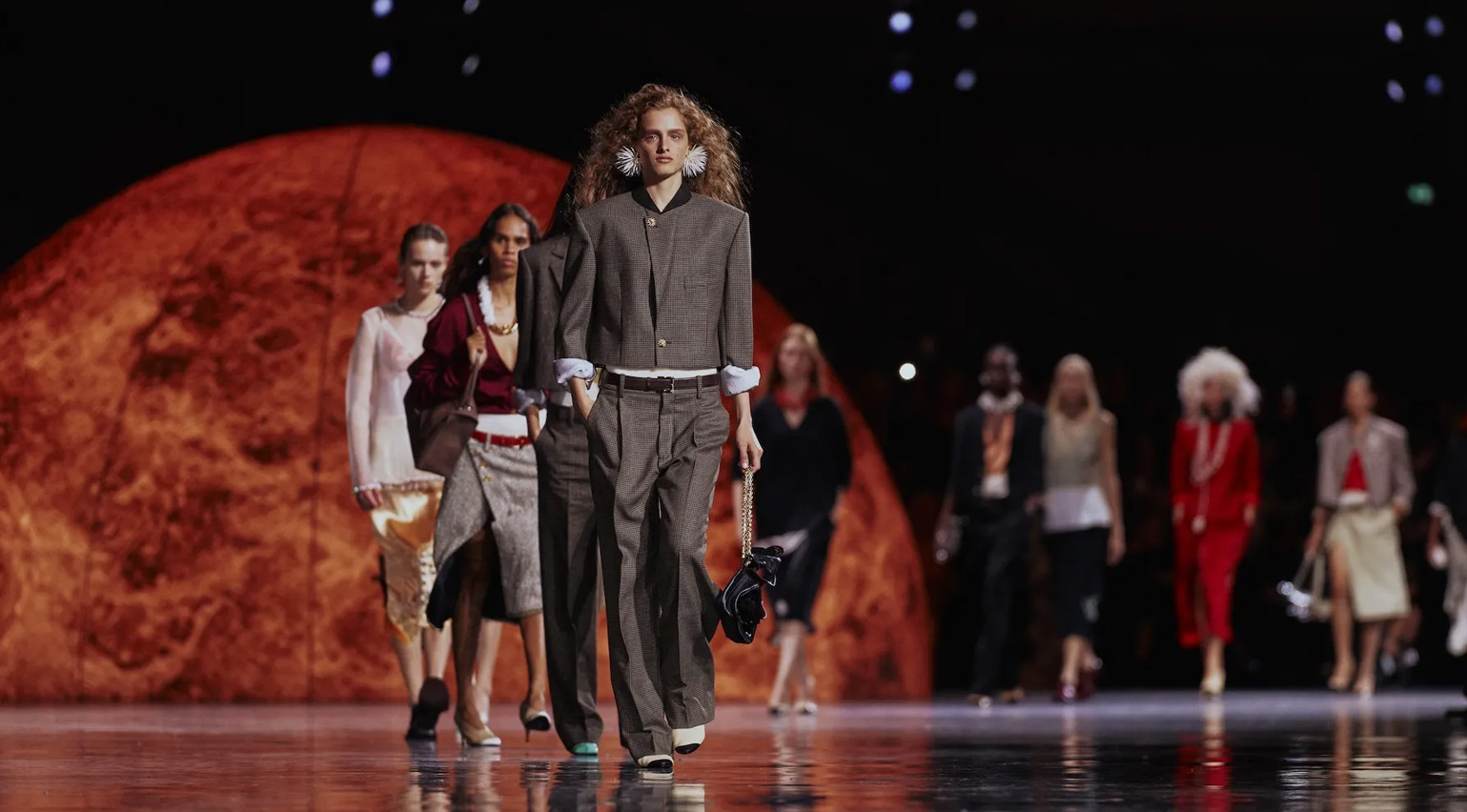 Debuts, dandies, Demi Moore: 25 fashion moments that defined 2025 in style
Debuts, dandies, Demi Moore: 25 fashion moments that defined 2025 in style2025 was a watershed year in fashion. As selected by the Wallpaper* style team, here are the 25 moments that defined the zeitgeist
-
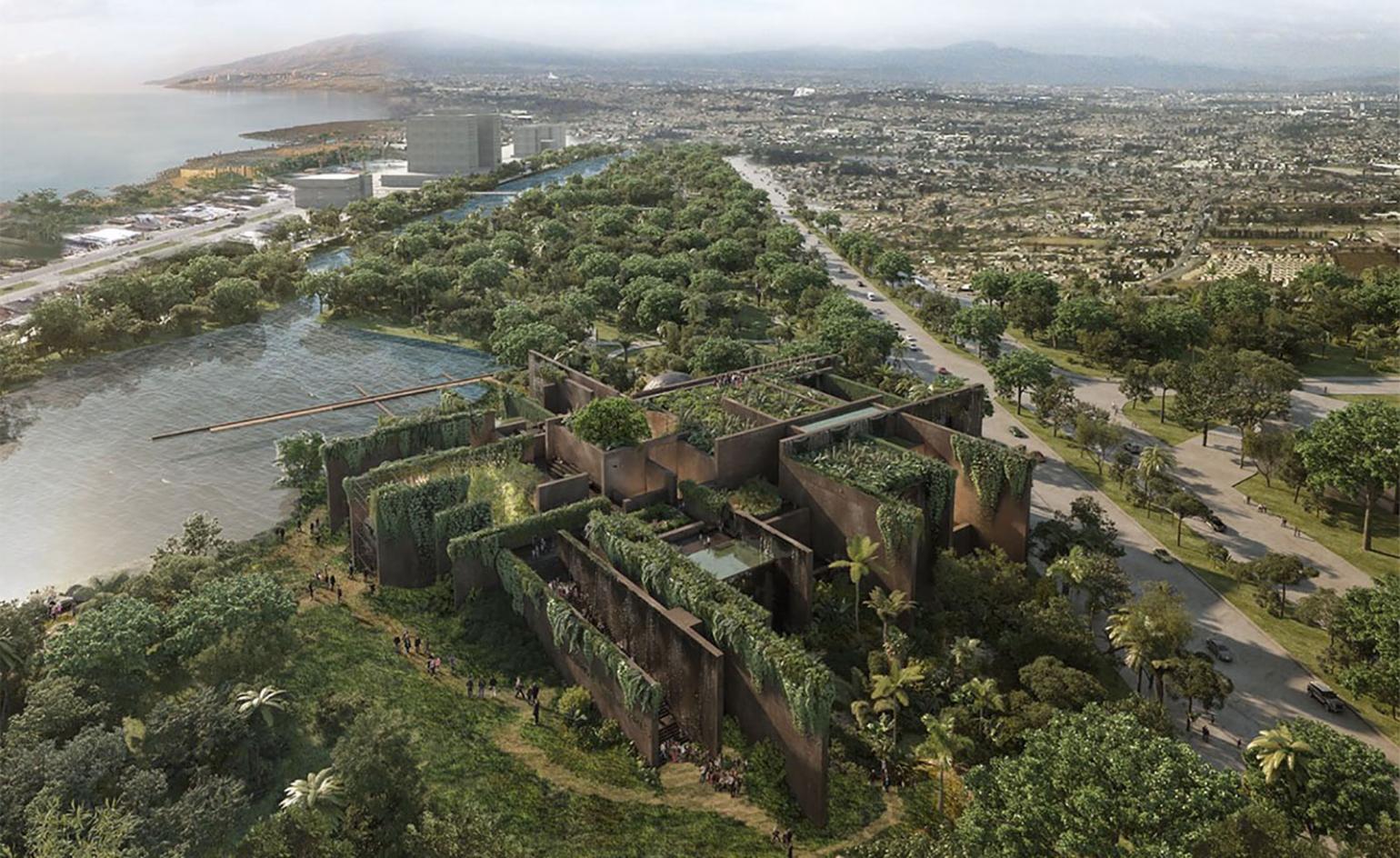 Out of office: coffee and creative small talk with Tatiana Bilbao
Out of office: coffee and creative small talk with Tatiana BilbaoBodil Blain, Wallpaper* columnist and founder of Cru Kafé, shares coffee and creative small talk with leading figures from the worlds of art, architecture, design, and fashion. This week, it’s Mexican architect Tatiana Bilbao, who is currently designing a brutalist, ethical aquarium in Mazatlán and has an exhibition at Copenhagen's Louisiana Museum of Modern Art opening in October 2019
-
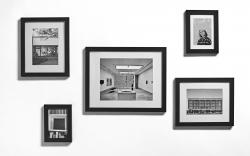 At home with Deborah Berke
At home with Deborah BerkeArchitect Deborah Berke talks to us about art, collaboration, climate change and the future, from the living room of her Long Island home
-
 Rheaply redefines circular economy in architecture
Rheaply redefines circular economy in architectureOn Earth Day 2022, we speak to Rheaply founder Garry Cooper Jr about his innovative business that tackles reuse and upcycling in architecture and construction
-
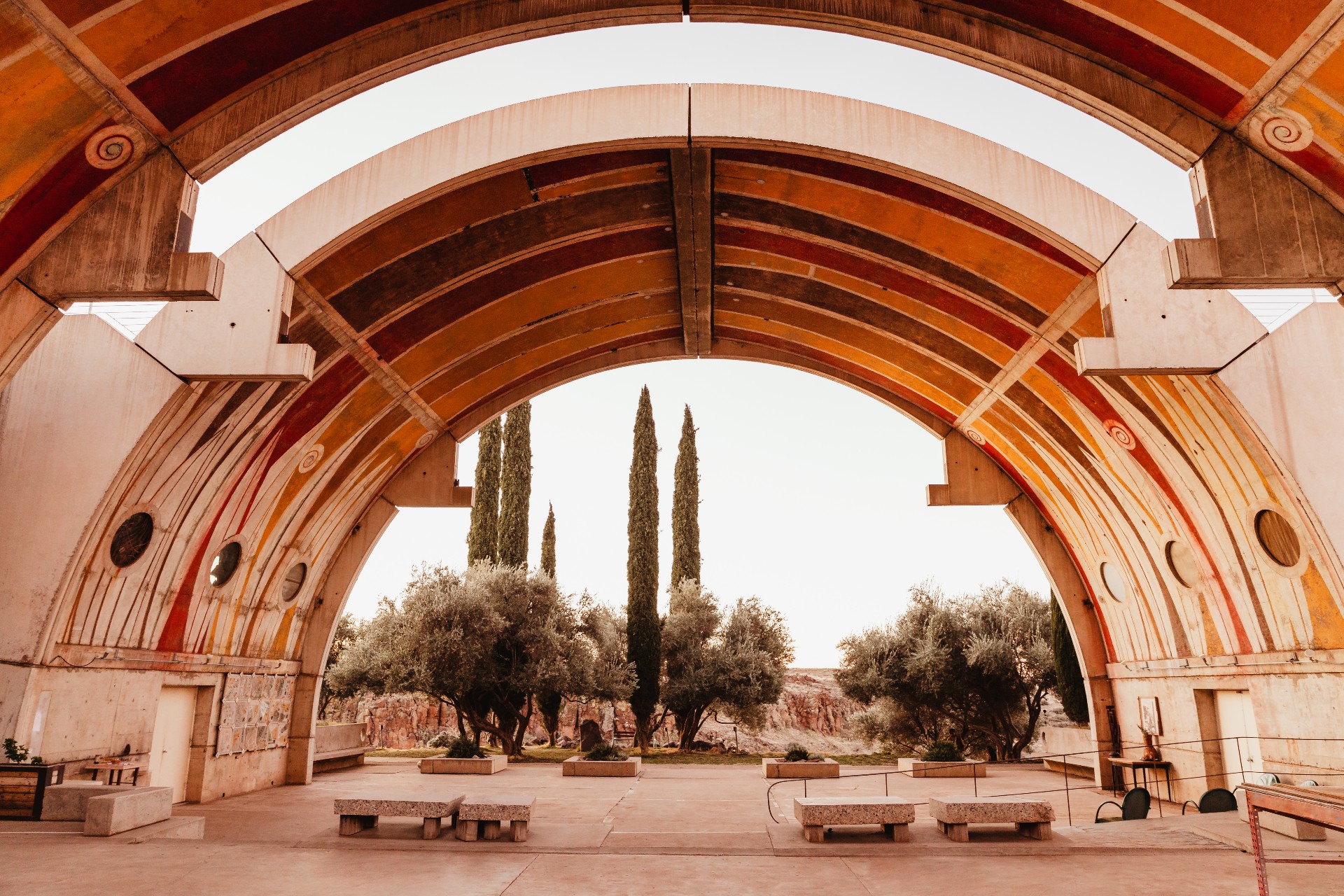 Paolo Soleri's sustainable urban experiment Arcosanti enters new era
Paolo Soleri's sustainable urban experiment Arcosanti enters new eraWe meet Liz Martin-Malikian, Arcosanti’s new CEO, who takes us through the vision and future for Paolo Soleri's sustainable urban experiment
-
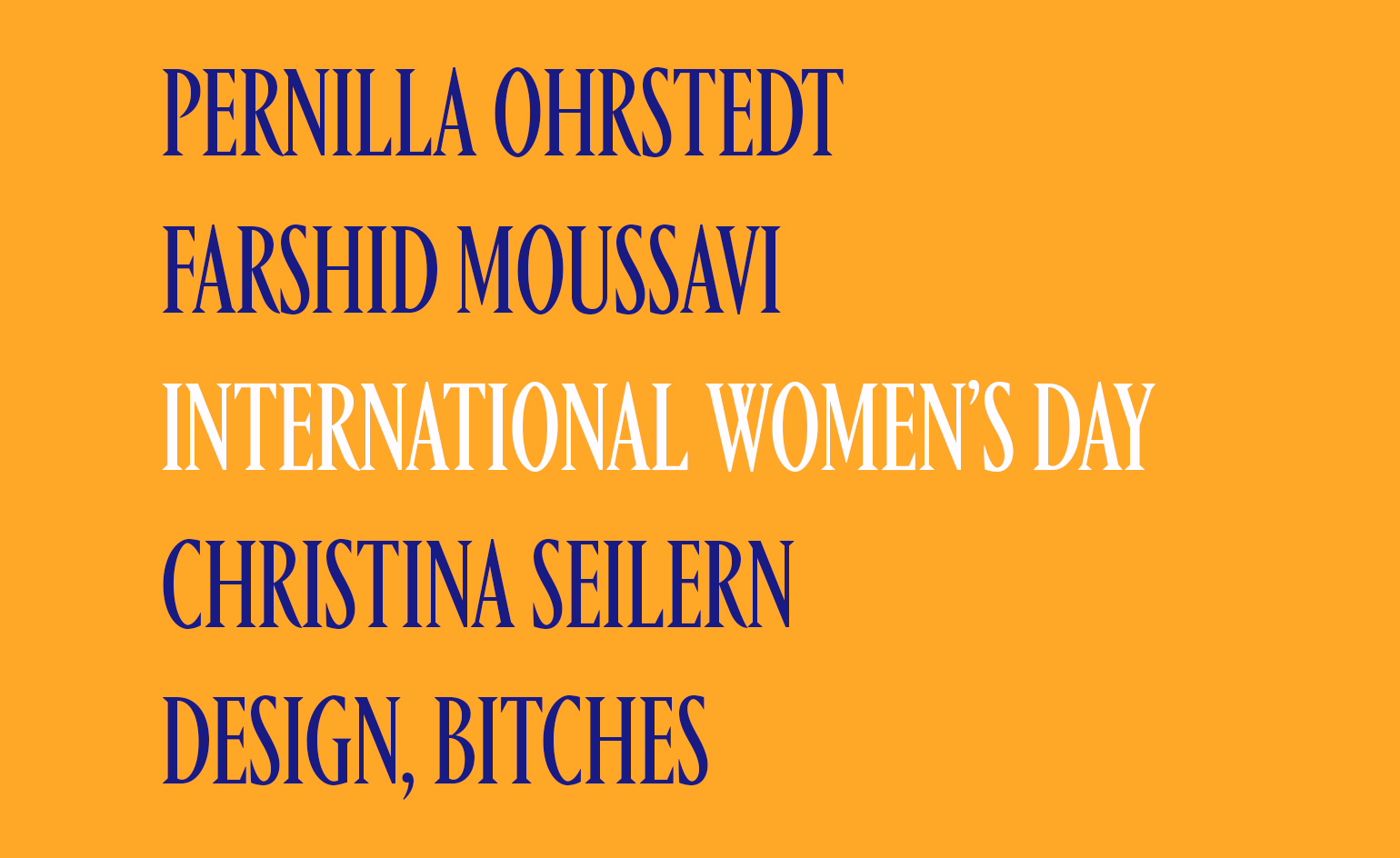 International Women’s Day: leading female architects in their own words
International Women’s Day: leading female architects in their own wordsInternational Women’s Day 2022 and Women’s History Month: Wallpaper* talks to four leading female architects about dreams, heroines and navigating the architecture world
-
 Sou Fujimoto judges Wallpaper* Design Awards 2022
Sou Fujimoto judges Wallpaper* Design Awards 2022We chat with Wallpaper* Design Awards 2022 judge Sou Fujimoto about his work in Japan and abroad, and our shortlisted designs and winners
-
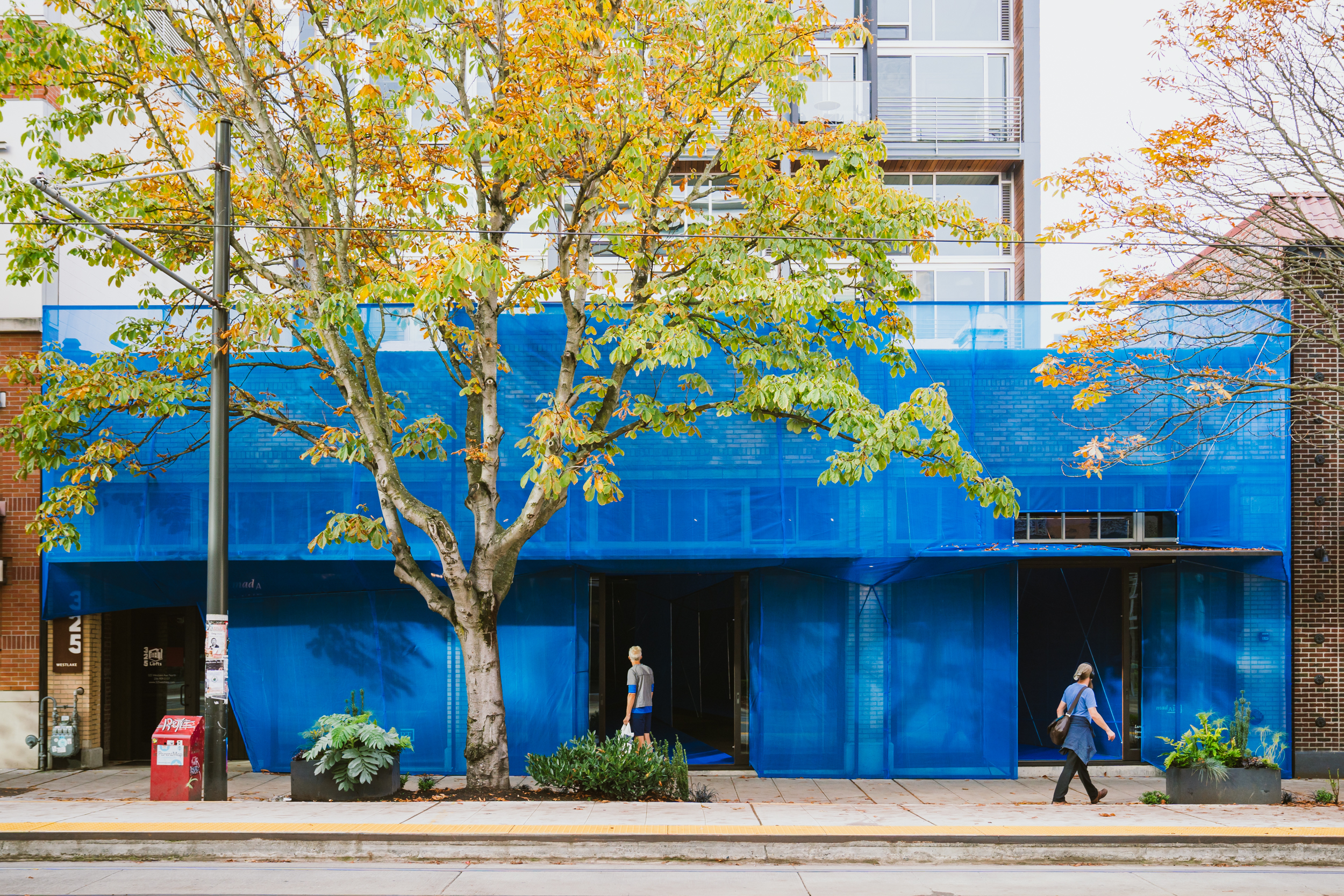 Dream the Combine cross-pollinates and conquers
Dream the Combine cross-pollinates and conquersThe American Midwest is shaking up the world of architecture. As part of our Next Generation 2022 project, we’re exploring ten local emerging practices pioneering change. Here we meet Minneapolis duo Dream the Combine
-
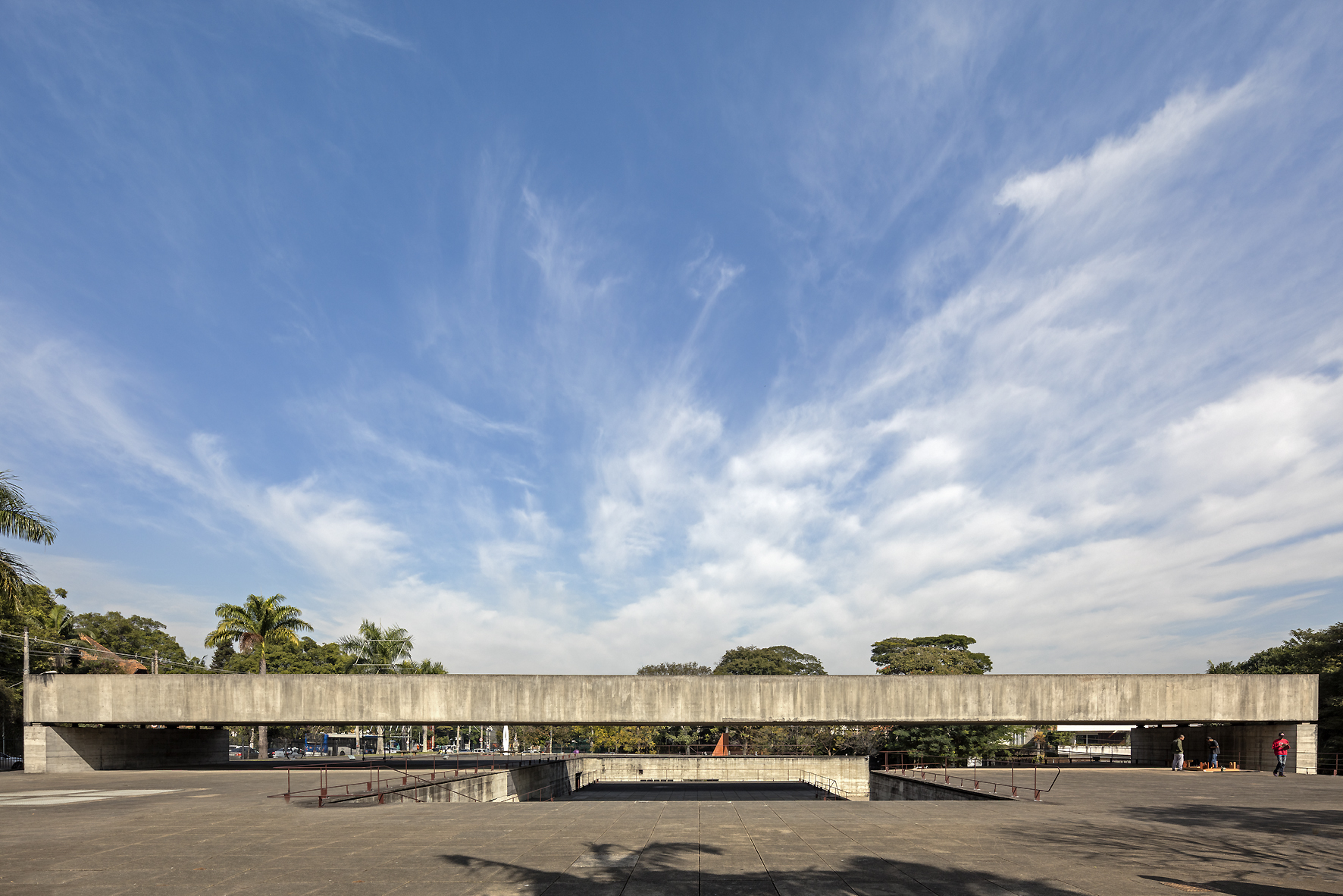 Architecture in the words of Paulo Mendes da Rocha
Architecture in the words of Paulo Mendes da RochaGreat modernist Paulo Mendes da Rocha passed away on 23 May 2021 aged 92. Here, we revisit the interview he gave Wallpaper* in 2010 for our Brazil-focussed June issue, talking about architecture, awards and his home country